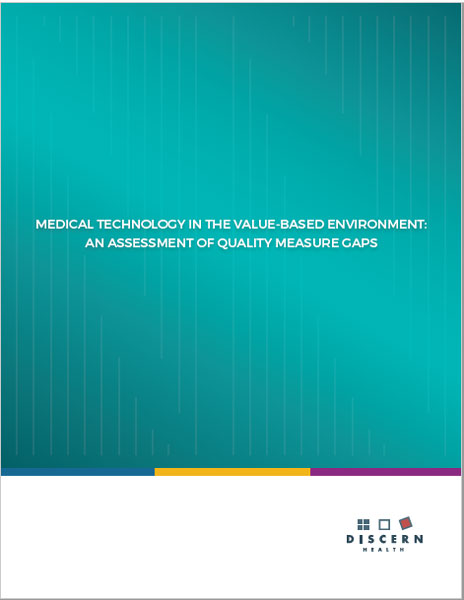Medical Technology in the Value-Based Environment: An Assessment of Quality Measure Gaps

Value-based payment (VBP) for health care is rapidly replacing volume-based fee-for-service. VBP models are designed to create financial incentives for lower-cost, higher-quality care. Financial incentives used in value-based arrangements range from enhanced fee-for-service payments that encourage better care management to episode- or population-based payments that require providers to manage costs of care and meet quality benchmarks. VBP is also intended to encourage provider coordination and integration of patient care.
Quality measures are an essential element of VBP models. Effective and meaningful measurement allows payers to reward appropriate care delivery, providers to identify areas for quality improvement, and patients and purchasers to compare providers based on quality. Because VBP models include cost containment incentives, quality measures are essential to ensure that providers do not sacrifice quality of care to achieve financial benefits or avoid financial penalties. Quality measures must also be considered in the context of model design. VBP performance is often assessed during the course of a treatment episode with a brief follow-up period or a limited performance period, usually a single calendar year. The value of innovative technologies is often realized over a longer term. Outcome measures—assessing issues such as functional status or re-operations—must be considered over a longer time horizon so that program participants are not being scored against insufficient quality targets.